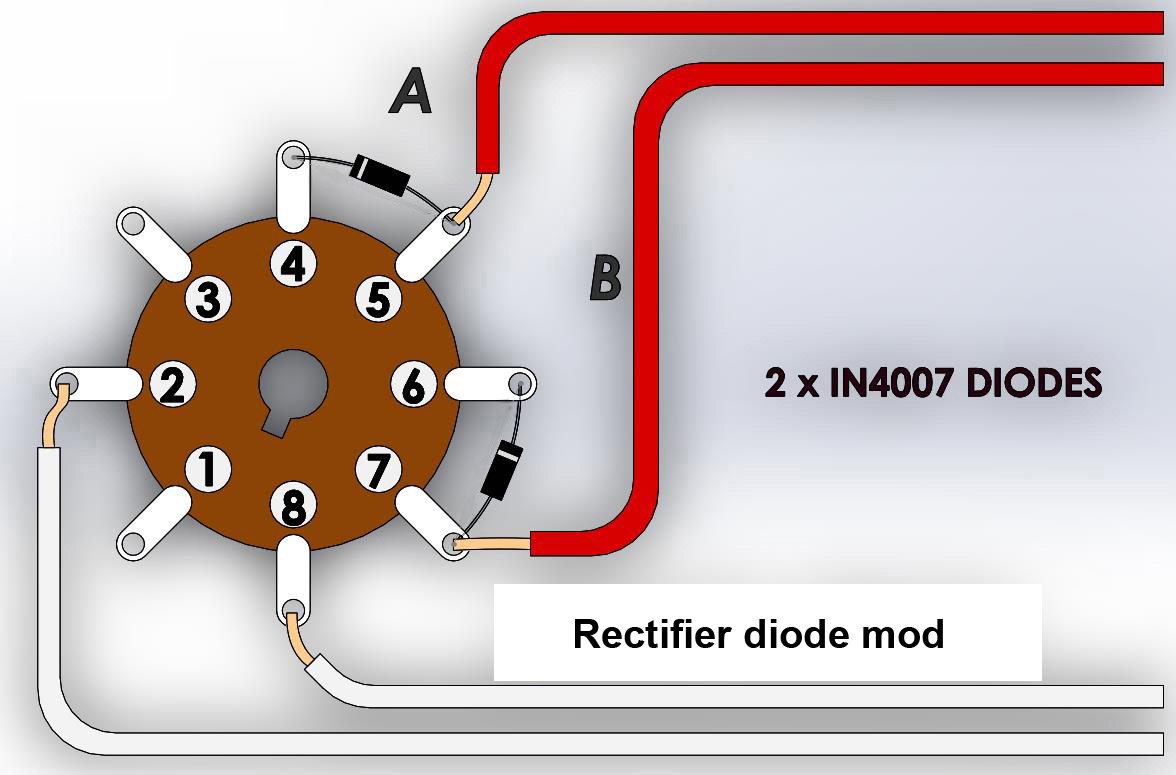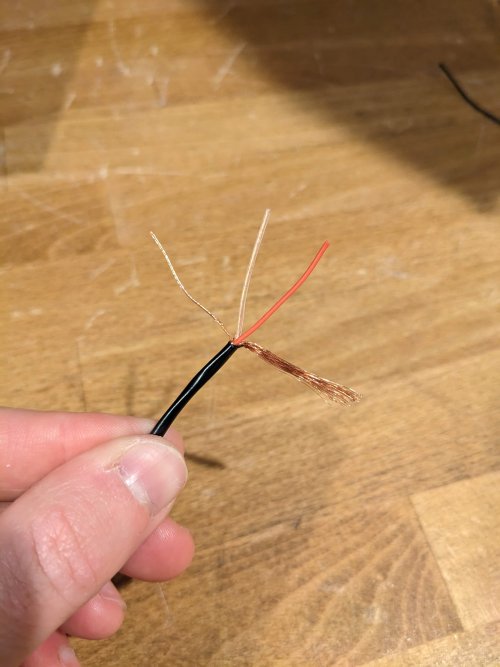Actually, I read the following on Headphonesty:
The term ‘rule of eighths’ is used as a rough guide. Divide the headphone impedance by 8, and that is the maximum source output impedance (32 ohm headphones / 8 = 4 ohm maximum source output impedance). In practice, it isn’t that strict a rule and often success can be had with a greater range.
This ideal is based on the theory that regardless of how large an impedance spike is in the headphone driver’s response, a high enough damping factor prevents the frequency response from varying more than 1 dB (not typically audible).
“…if an amplifier’s output impedance is significantly more than an eighth of the headphone’s impedance, the frequency response and sound of the headphone can change. This results in bigger mismatches and creates more variation from the headphone’s default sound signature. The way that a headphone responds to an amplifier with output impedance higher than one eighth of the headphone can be entirely erratic – different headphones will respond in different ways, but generally the results will be negative.”
So, the amps source impedance is what I’m looking for, I think…
I use Audeze LCD-2F’s and watch to make sure I’m matching properly. I’m talking with an engineer that says his amp is a 1.5 ohm source impedance . He also says he will add pad resistors at the input jack, for the headphones, to lift his impedance to 9 ohms.
Now, he also has taps, on his output transformers, of 32 ohm and 68 ohm…
Thoughts?















































